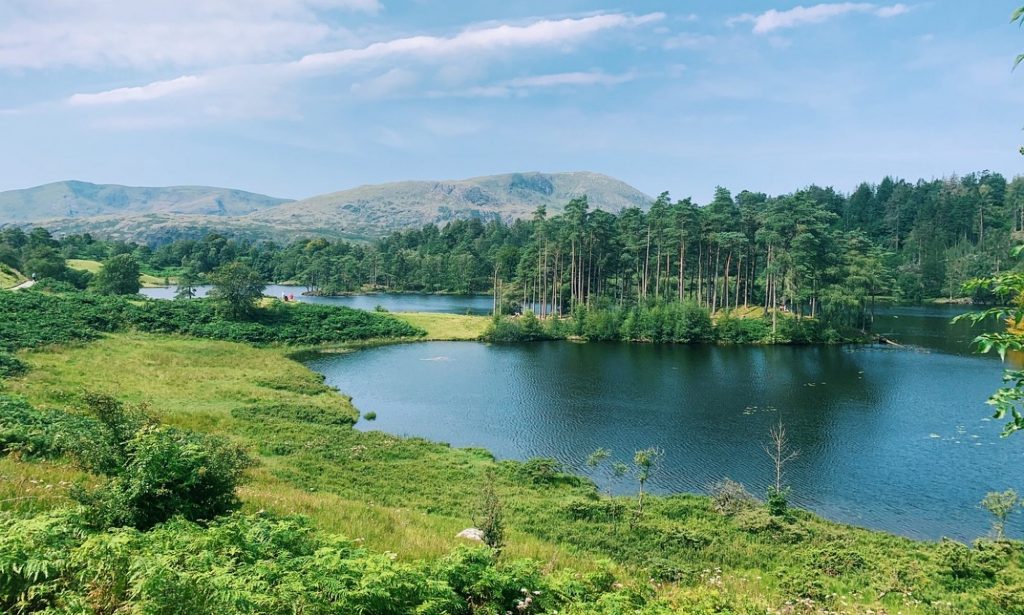Creating my box of uncertainties really got the ball rolling to then push my thoughts around sustainable building with nature to their limits and really explore a space that felt almost uncomfortable and scary to try and develop the most pressing and effective question possible.
At first I began quite fixed and limiting in my thinking looking at especially the coral from my box of uncertainty. I examined how possibly the material of dead coral resultant of the mass coral bleaching crises could be repurposed as a material for construction. I was also almost subconsciously limiting myself when thinking about building to mean a literal building. So, after acknowledging these thresholds I had placed upon myself I began trying to open up my thinking in including nature in its entirety and to look at structures rather than strictly building. Opening up my thinking in this way was always useful to apply more accurately to my skill sets, as I am not a materials expert nor an architect.
I then took the ideas developed through this initial thinking to my tutor David. David helped me to visualise the links between my different iterations of my questions, as he advised to go back and examine what is the key aim that is present in all of my questions, to help myself focus upon one of the aspect that is most important to me. This reflection upon my questions really helped me to focus my thinking, as previously I was trying to tackle so many things, but not accurately addressing any of them. Therefore, I established my key aim to be intrinsically linking nature with the built environment in structures, with a focus upon improving wellbeing through these structures. David also placed emphasis on defining why I wanted to study this question/ topic and why it was important to me. This approach led to to thinking about brining the entirety of myself to the project, not simply my academic ambitions, and so I began to list my passions involving health/ fitness and food/ cooking. Subsequently, I utilised my passion for food to define the area of study in which to intrinsically link nature into the built environment, whilst aiming to improve wellbeing. Thus, my question was born:
“How can nature or natural structures be utilised to evoke social interaction in restaurants?”
After defining my question, I went on to establish two mini interventions, each one aimed at a key part of the question. Part 1 being – the use of nature in natural, sustainable structures and Part 2 being – the evoking of social interactions in the spaces of restaurants. So, the combination of both of these elements aims to create natural, sustainable solutions which combat the climate crisis, but also improve wellbeing through promoting social interactions.
My first intervention involved assessing perceptions towards the needs for sustainable building and nature’s role in this. Participants were provided with a poster demonstrating the impacts of traditional construction methods on the ocean and asked to annotate their thoughts around the poster going off three provided prompts.
The second intervention aimed to action changes towards people’s habits of social interactions around food. Participants were asked to record their feelings towards social interactions around meals, specifically dinner, as this is the most prominent meal of the day for most people. Dinner in the home was utilised to imitate interactions in restaurants due to current covid-19 restrictions meaning restaurants are closed.
I have included my full journal for this project below which demonstrates all of my thinking and decision making in developing both my question and my interventions, as well as showcasing the outcomes of my interventions.
Below exhibits the inner workings of how I developed my intervention addressing perceptions towards the need for sustainable building and nature’s role in this. The poster utilised in the intervention was developed utilising a multitude of research from academic papers make sure that all figure utilised are accurate and precise.

